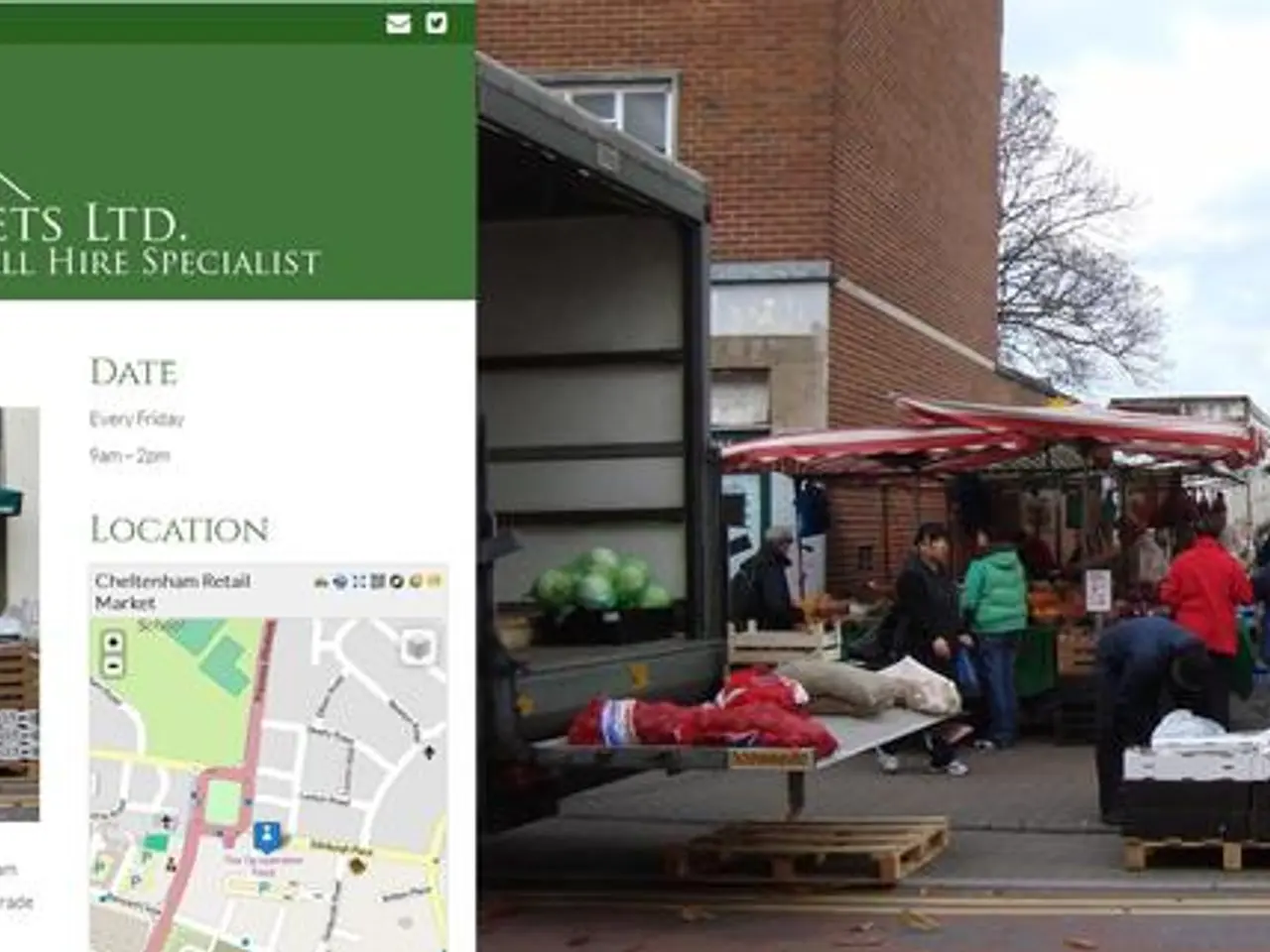House values decrease by a significant £7,365 within a single month due to the impact of increased stamp duty expenses.
House prices plummeted in April compared to March, with the average property losing a hefty £7,000, according to new figures. The Office for National Statistics revealed that the average house price slid from £272,862 in March to £265,497 in April, marking a 2.7% decrease. This is the first significant drop since December 2023.
On a yearly basis, the growth rate of house prices took a dive from 7% in March to 3.5% in April, signaling the first slowdown in the market since the previous year. The average house price for England was £286,000 in April, indicating a 3% increase from last year but a marked slowing compared to the 7.3% rise in March.
The drop is being attributed to changes in Stamp Duty Land Tax (SDLT), which came into effect at the start of April. Home movers now face having to pay up to £2,500 more in SDLT as the thresholds have been returned to pre-2022 levels.
It's important to note that while the nationwide average is down, not every region experienced the same reality. For example, the North East saw the largest decrease year-on-year, with house prices falling from £169,751 to £156,010 between March and April - an 8% decrease. Conversely, the West Midlands only saw a slight dip, as average prices dipped by 0.7% during the same period. London saw a slight increase, with average house prices rising by 2.6% from £552,402 to £566,614 in April.
First-time buyers could potentially face hefty stamp duty bills, depending on the price of the property they are purchasing. In some regions, such as the North East, the drop in prices might offer some relief for these buyers. However, the tighter SDLT regulations could dampen overall demand and put a damper on prices in the long run. Keep an eye on the market as it readjusts to these changes.
Stamp Duty Land Tax Insights
- The SDLT changes have created a more complex tax system that impacts various buyer groups differently.
- First-time buyers now face increased stamp duty costs, making it more challenging for them to enter the market.
- The shift in SDLT thresholds can be especially burdensome for homebuyers and investors, potentially reducing demand and putting downward pressure on prices in affected price brackets.
- However, areas with lower property prices might see sustained demand and prices due to the new thresholds, offering potential opportunities for first-time buyers and investors.
- Overall, the adjustments in SDLT regulations create a challenging market environment, with buyers and sellers having to adjust to higher tax costs and potential price corrections.
- The recent changes in Stamp Duty Land Tax (SDLT) have introduced a more complex finance landscape for various buyer groups, particularly challenging first-time buyers who are now facing increased stamp duty costs.
- Given the shift in SDLT thresholds, homebuyers and investors might face increased difficulties entering the real-estate market, potentially leading to reduced demand and downward pressure on prices in certain property brackets.
- In regions with lower property prices, the adjustments in SDLT regulations may cause sustained demand and prices, presenting potential opportunities for first-time buyers and investors to invest in mortgages and personal-finance strategies.







